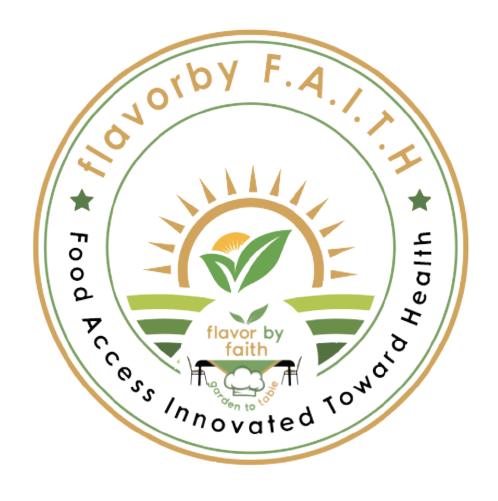Cal Grants Have Financial and Other Eligibility Criteria. To qualify for Cal Grants, students must meet certain income and asset criteria, which vary by family size and are adjusted annually for inflation. For example, in the 2021?22 award year, a dependent student from a family of four must have an annual household income of under $110,400 to qualify for Cal Grant A or C, and under $58,100 to qualify for Cal Grant B. Students must also have a minimum grade point average, which ranges from 2.0 to 3.0 depending on award type. Cal Grants are provided as entitlements to recent high school graduates, transfer students under age 28, and (under a recent change described below in greater detail) community college students. The state also provides a limited number of competitive awards to other students-typically older students attending four?year universities.
State Also Funded Three Major One?Time Initiatives at CSAC in 2021?22. Specifically, the state provided $500 million spread across five years (2021?22 through 2025?26) to expand the Golden State Teacher Grant Program, which supports students in teacher preparation programs. The state provided $500 million to launch the Golden State Education and Training Grant Program, which supports displaced workers. Additionally, the state provided $500 million spread across two years to establish the Learning?Aligned Employment Program, which provides work?study opportunities to students at CCC, CSU, and UC.
Recommendation

… The proposed trailer bill language would allow the Director of Finance to transfer any unspent payday loan places in Greenleaf WI funds for the DSIG program beginning in 2021?22 to UC and CSU to support the Dream Loan program. These funds would be allocated to UC and CSU based on each segment’s share of Dream Loan recipients in the most recent year for which this data is available. Based on 2020?21 data, about two?thirds of the redirected funds would go to UC.
2021?22 Budget Added Low?Income Public School Students to Program. The 2021?22 budget also added a new component to the CalKIDS program. Under this new component, the state is to open a college savings account for every low?income public school student (as identified under the Local Control Funding Formula) in grades 1 through 12 and provide a deposit of $500 in each account. Students qualify for an additional $500 deposit if they are foster youth and an additional $500 deposit if they are homeless (for a maximum deposit of $1,500). The budget provided $1.8 billion one?time federal American Rescue Plan Act funds and $92 million one?time General Fund to provide these deposits in 2021?22. Similar to the accounts for newborns, SIB anticipates opening the accounts for low?income public school students before , with an associated 3.5 million students added to the CalKIDS program.
Opportunity Exists to Better Coordinate Proposed Outreach Initiatives. The Governor’s three outreach proposals have similar purposes. The participant notifications and paign are designed to make participants aware of their accounts, while the financial literacy outreach initiative is intended to inform participants of the benefits of those accounts (for example, by introducing participating families to the concept of compound interest). Incorporating these separate components into one initiative could provide a more coordinated message to students and their families-simultaneously notifying them of their accounts and informing them of the associated benefits. A consolidated approach could also reduce duplication across initiatives, potentially leading to lower overall costs.
Middle Class Scholarship
Certain Groups of Borrowers Have Relatively High Default Rates. National studies have found that student loan default rates are higher for students who do not complete a college degree or certificate, compared to students who do complete. As Figure 6 shows, default rates also vary by segment of attendance, with borrowers attending community colleges and for?profit institutions more likely to default. Moreover, research has found notable demographic disparities. For example, a 2019 study from the Federal Reserve Bank of San Francisco and the San Francisco Treasurer’s Office of Financial Empowerment found that the percentage of student loan borrowers in default was nearly three times as high in Bay Area neighborhoods in the lowest income quintile (15 percent) compared to those in the highest income quintile (5.6 percent). The study further found that default rates were considerably higher in Bay Area neighborhoods with higher percentages of Black and Hispanic residents.

